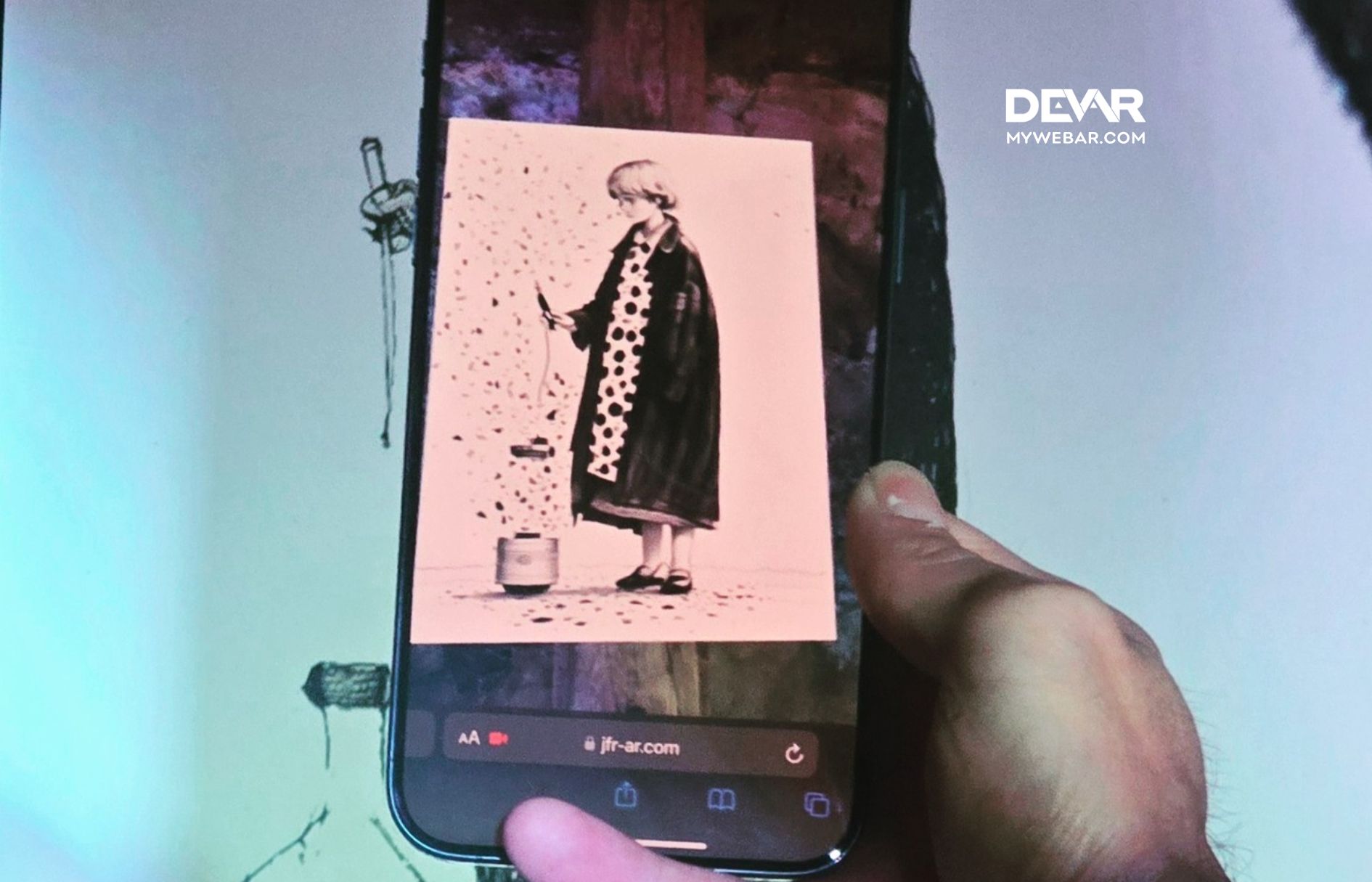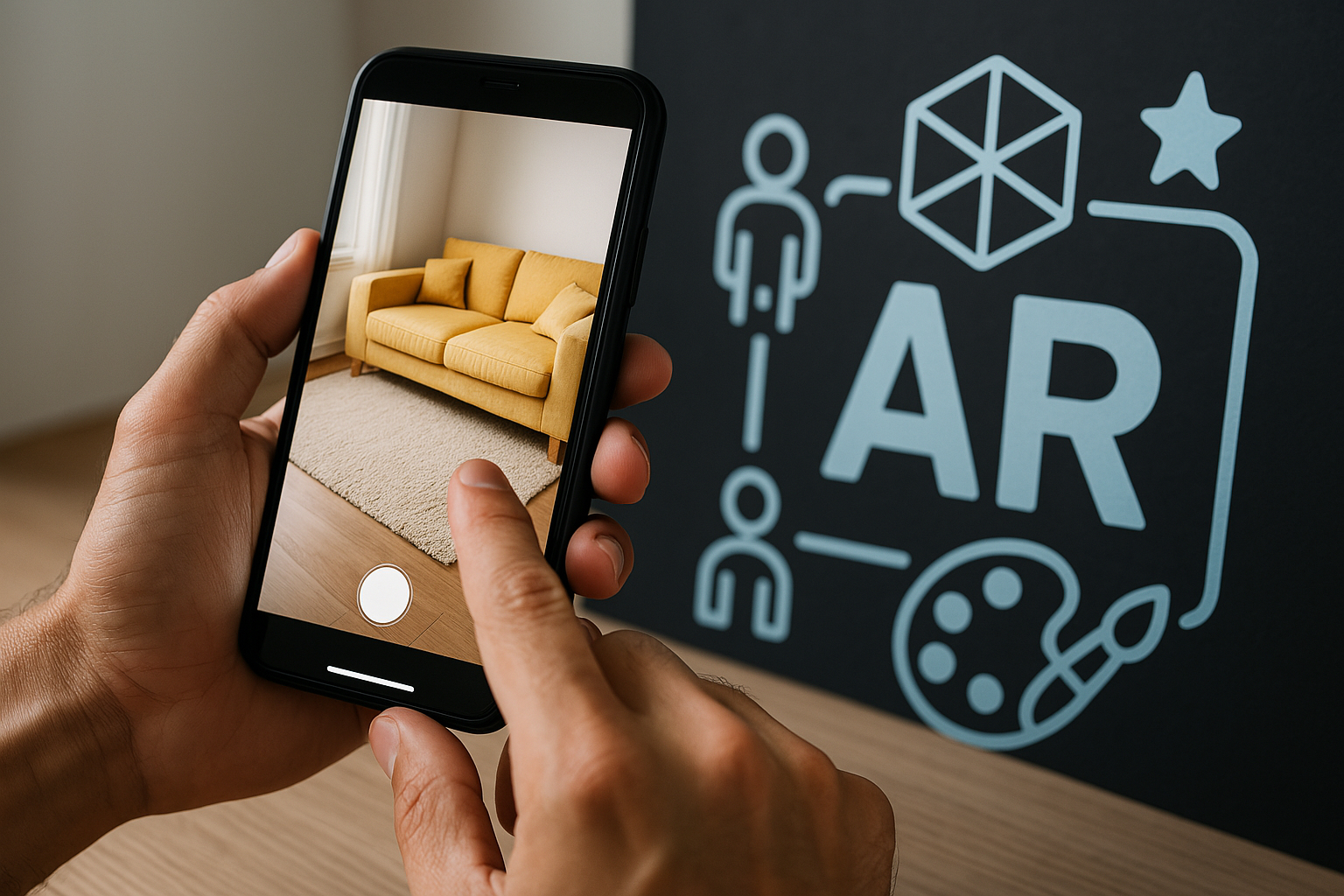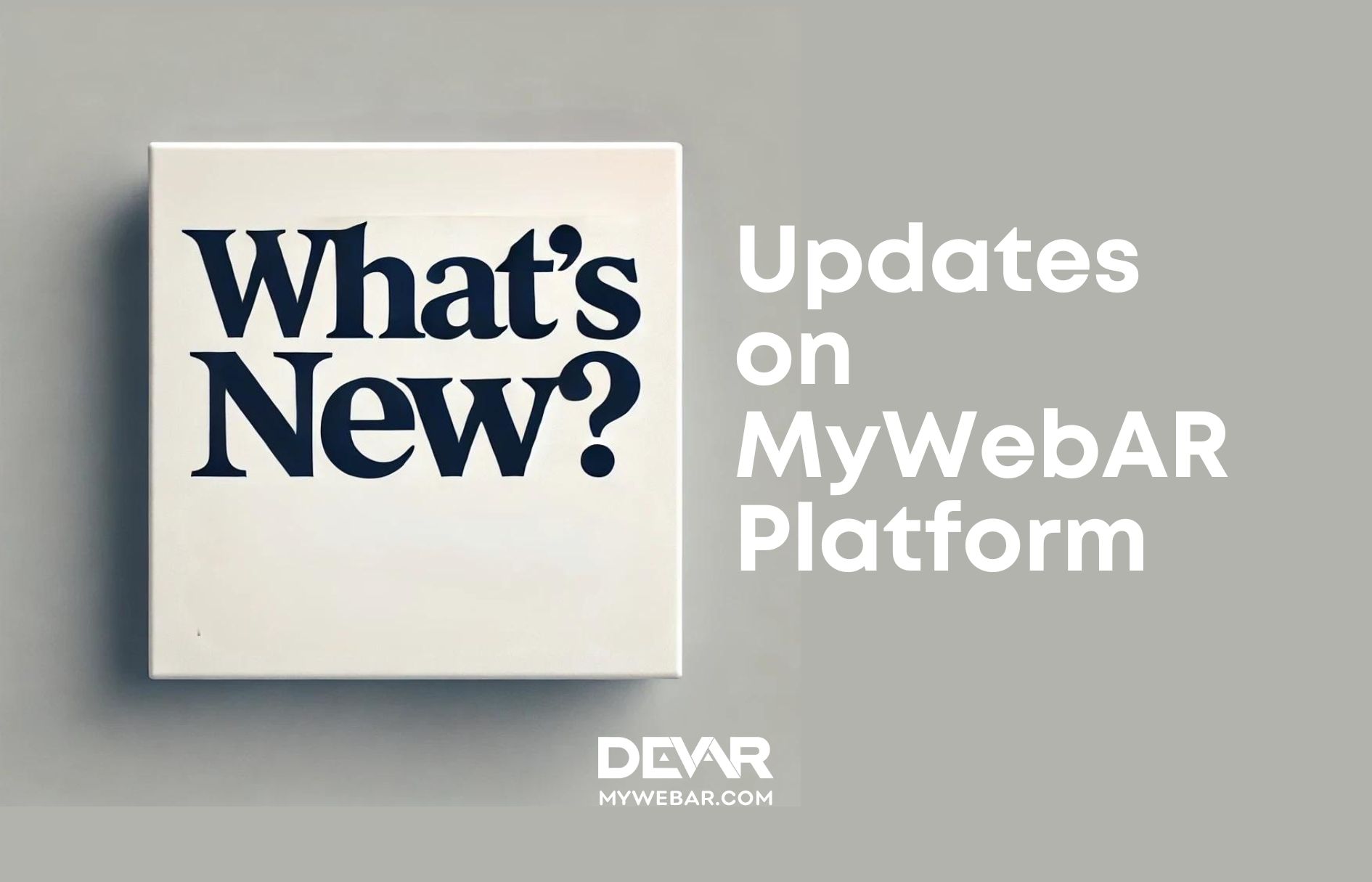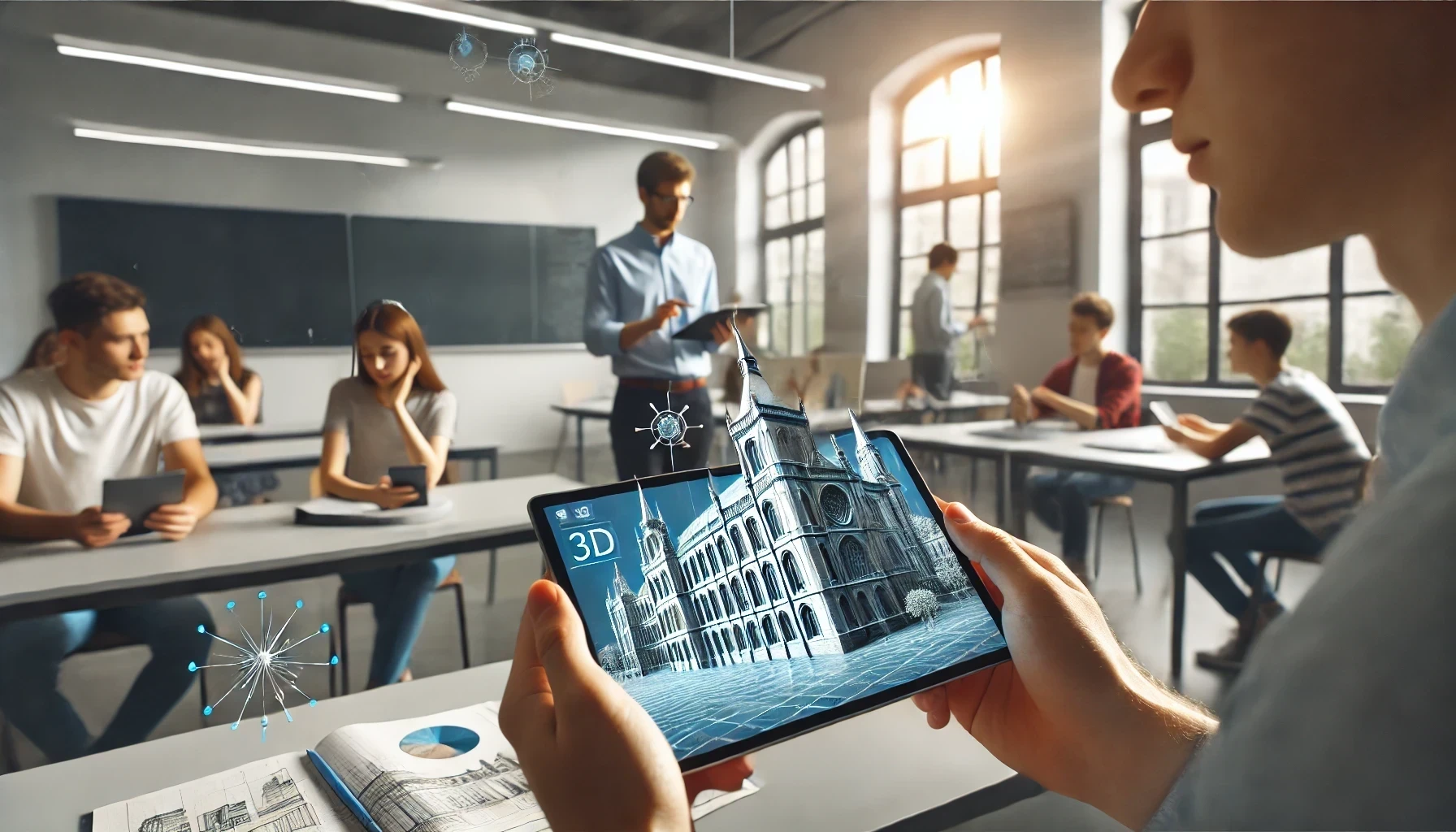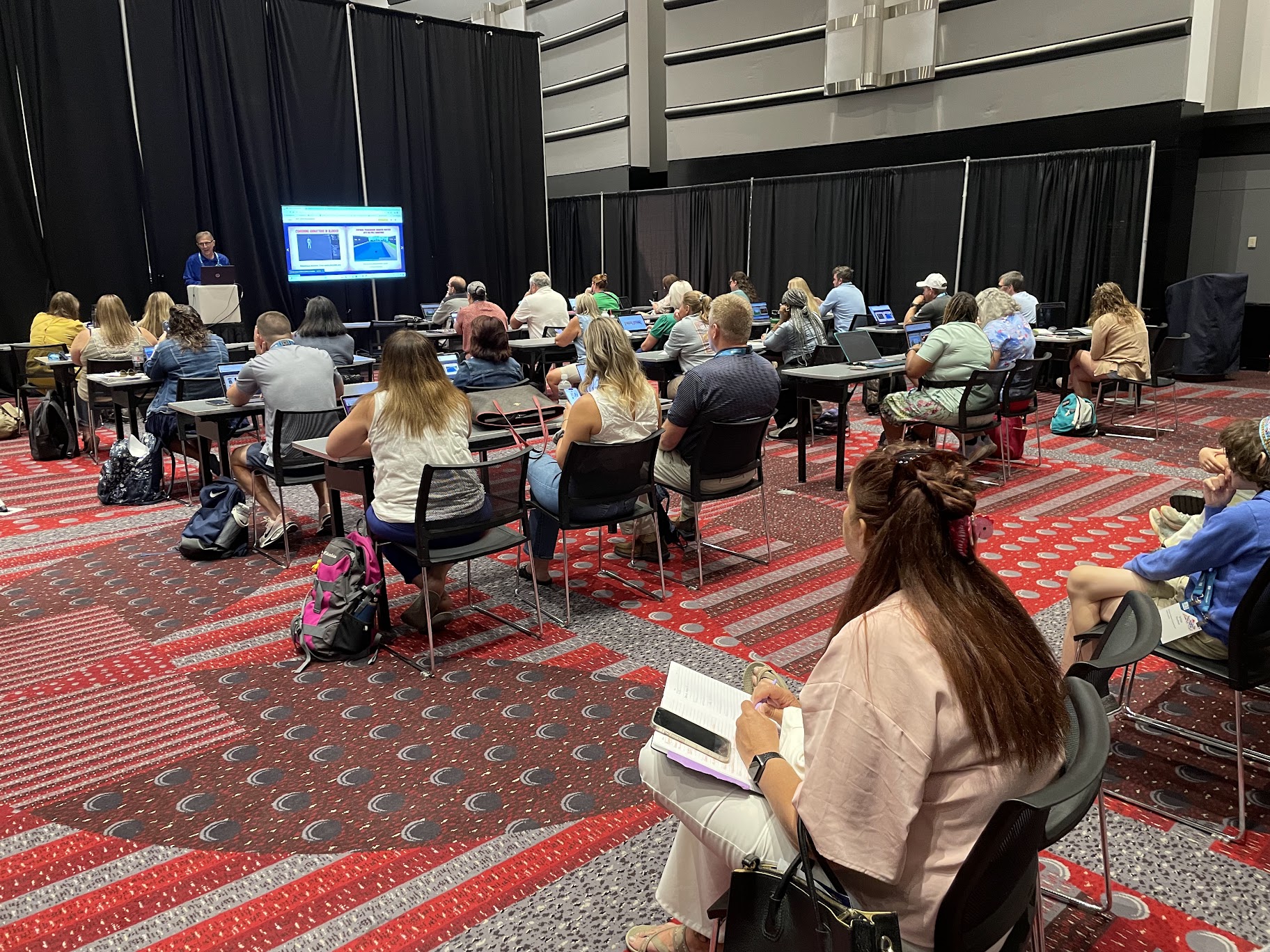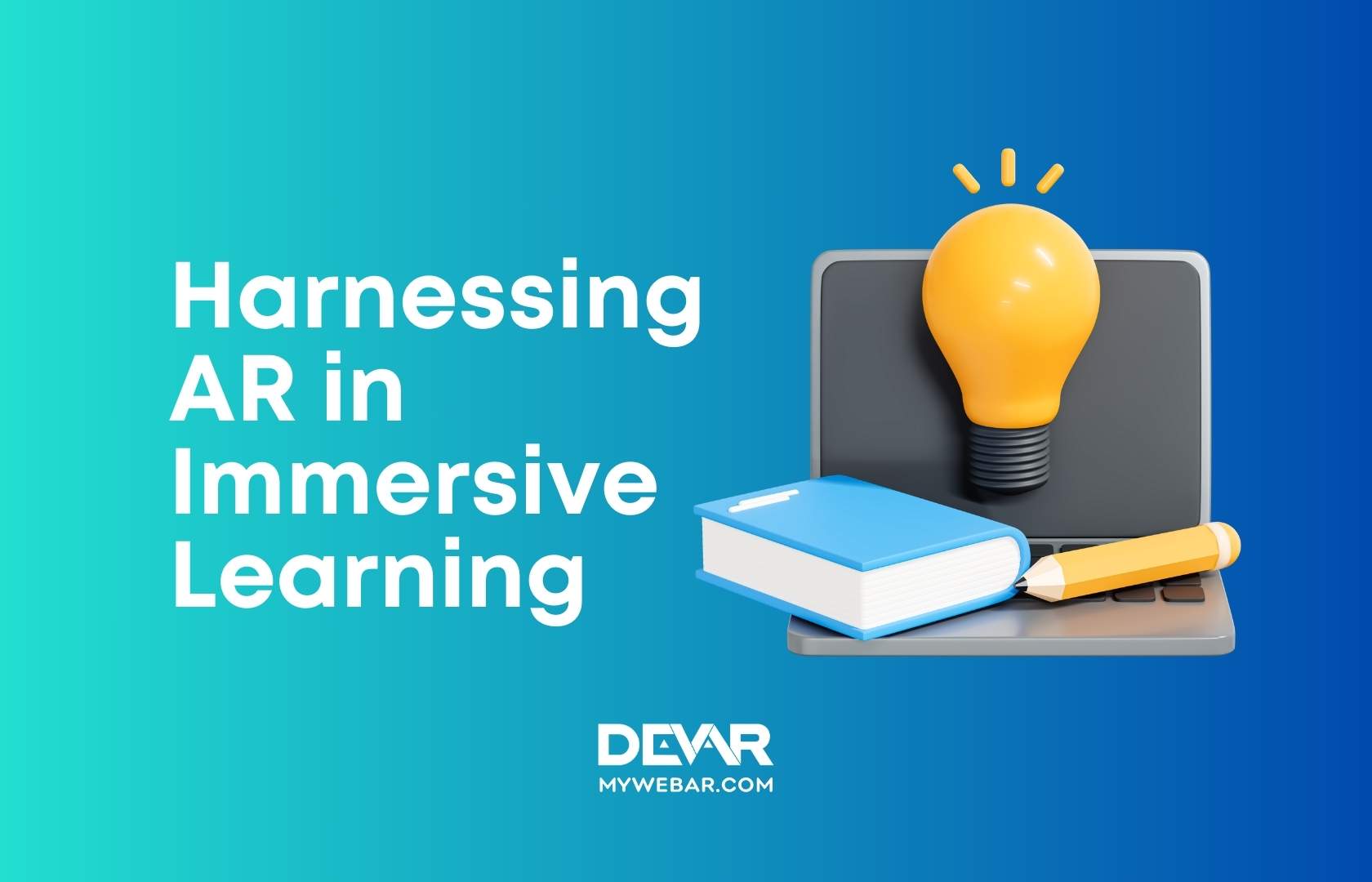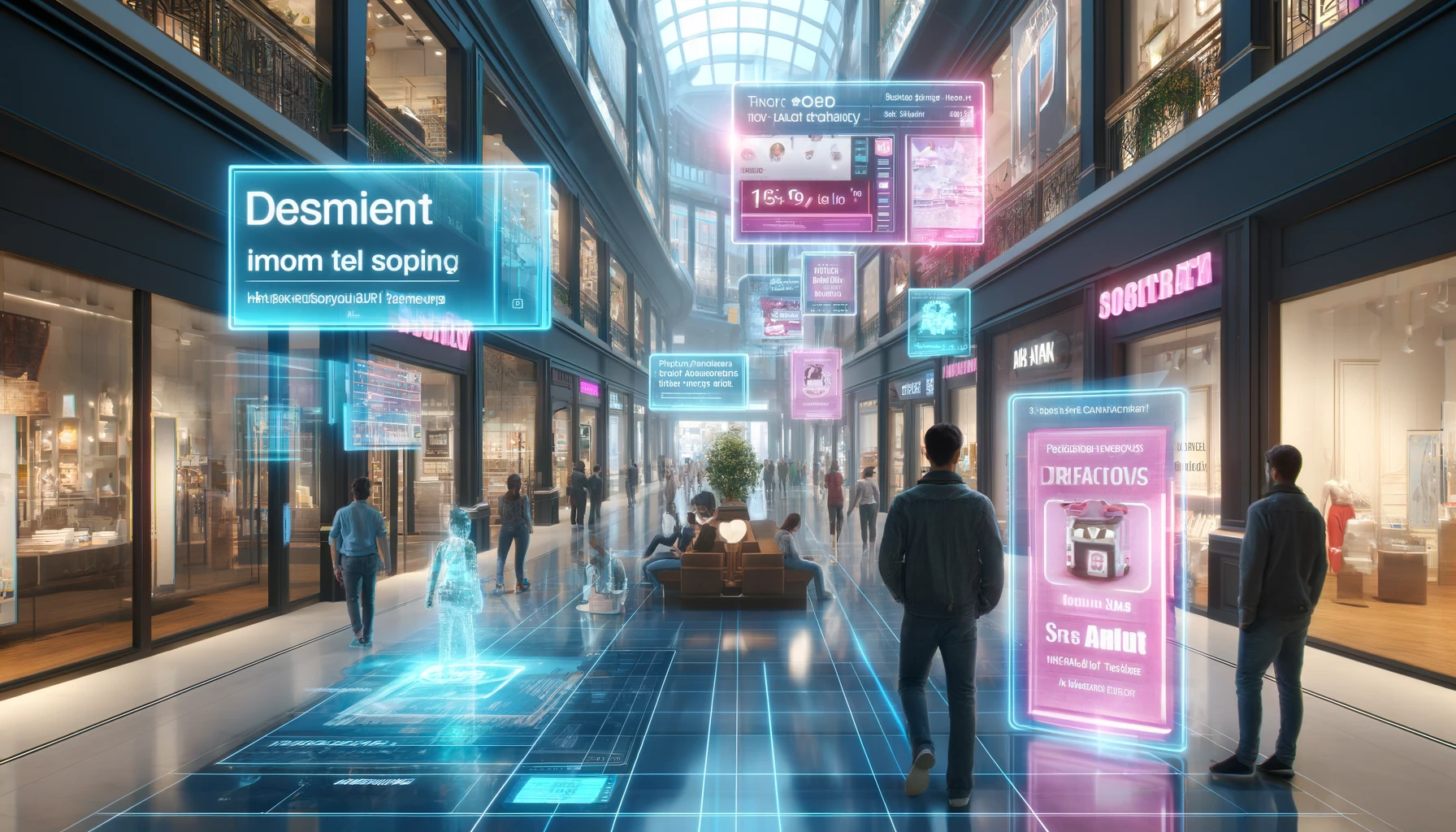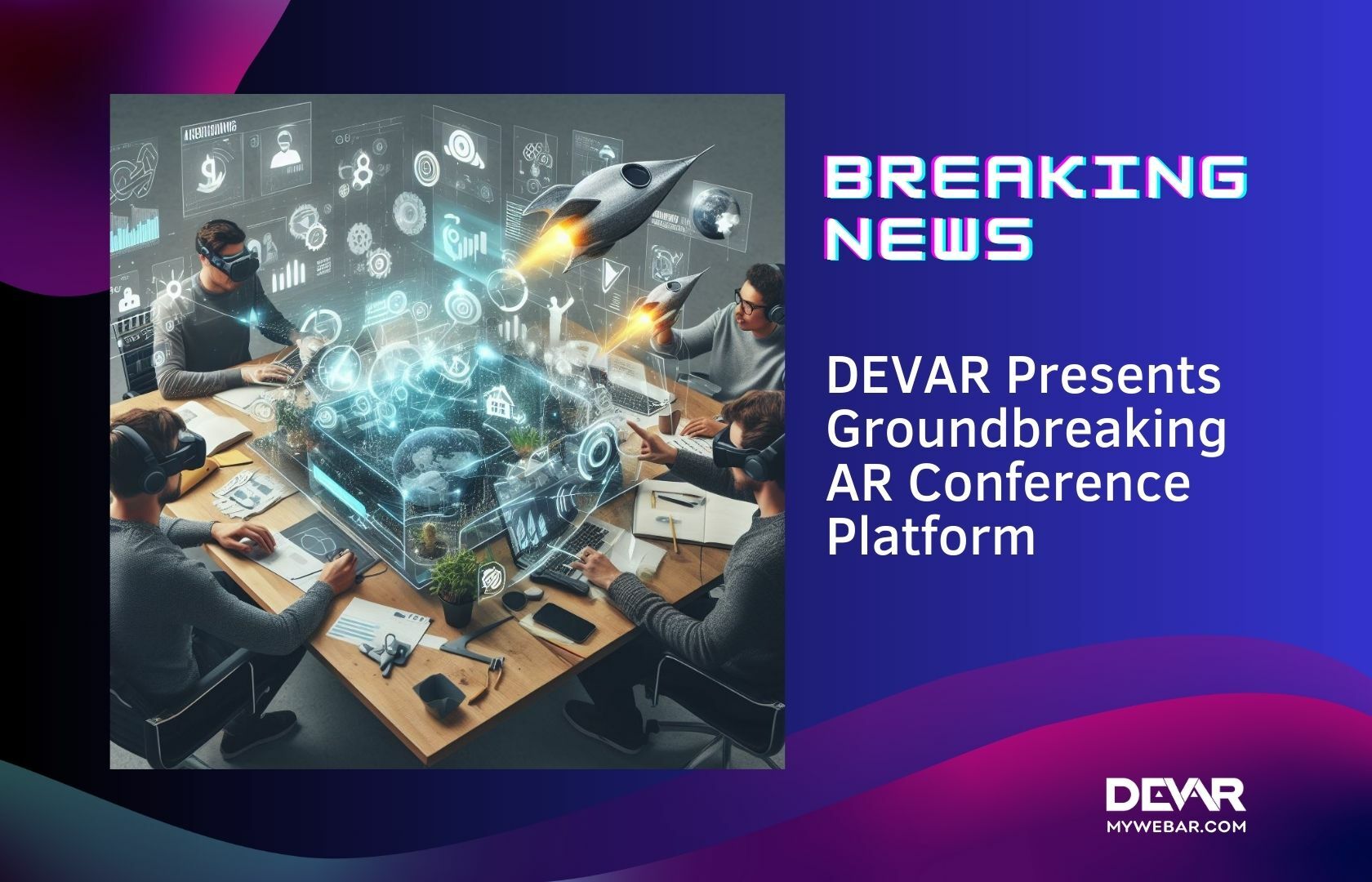Welcome to an exclusive interview with Jean-François Réveillard, an artist and pioneer in the field of digital and augmented reality art. Known for his innovative approach and his involvement in various mediums, Jean-François shares his journey, insights, and the future of AR in the art world. He creates his AR projects on the MyWebAR platform, showcasing the cutting-edge potential of this technology. The Future of Art on AR and AI is unfolding before us, and we have the privilege of exploring it with this creative genius. Let’s delve into the mind of Jean-François Réveillard.
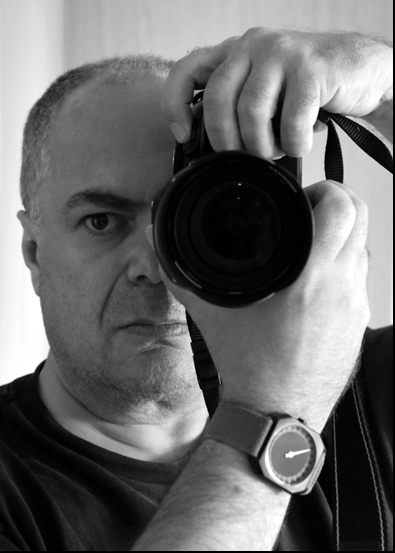
Jean-François Réveillard, also known as JfR, is an artist living in Switzerland, dividing his time between Zürich, Paris, and the world. JfR creates and develops concepts in the spirit of being here and now, using Japanese calligraphy techniques for painting and drawing. Since the 1980s, he has been involved in digital media, video art, virtual worlds, and now 3D printing. In 1997, he founded one of the first webTVs in Europe. JfR likes to define himself as a “Cross Media Picture Maker.”
Could you please tell us a bit about yourself and your creative journey?
I like to define myself as a cross-media picture maker and part of the Post-Contemporary movement. Since childhood, I have been writing, drawing, and making movies. After studying science (biochemistry) and art at the École du Louvre, I began using technology mixed with classical mediums. My journey started with video art in 1981, followed by creating web TV in Europe in 1996/97. I also pioneered virtual worlds, making exhibitions and streaming in Second Life since 2007. I continued with 3D printing and now explore AI and AR. My daily artwork includes drawing and writing.
I consult on the pedagogical aspects of art and technology for the Greek School Ellino Germaniki within European Union projects and exhibit worldwide. My art space in Engelberg, Switzerland, serves as a laboratory for testing new concepts and approaches to digital art. As Armen Avanessian (Austrian philosopher, literary theorist, and political theorist – editorial note) describes, we are in the era of Post-Contemporary.
“The first thesis of the post-contemporary is that time changes. We are not just living in a new or accelerated time, but the time itself – the direction of the time – has changed. We are no longer faced with a linear time, in this time when the past was followed by the present and then the future. The opposite is true: the future takes place before the present, time comes from the future. If people feel that time is out of control, or that time no longer makes sense, or is not what it used to be, the reason is, I think, that they have – that we all have – difficulty living in such a speculative time or within a speculative temporality.”
When did you first encounter AR technology, and what was your initial reaction?
My first encounter was with QR codes used as simple links. I quickly thought of using them with video and was fascinated by the new dimension added to objects, even if initially it was just for price lists or website links. After trying several platforms and creating my own coding, I searched for tools that synchronized with my concepts. The main feeling was about the added dimension, crossing with reality, and using smartphones. I was and am very excited about this new opportunity to blend reality, especially with the introduction of artificial intelligence. It feels like adding a new layer, a new field for my creative brain, directly to the viewers.
What sparked your interest in using AR in art?
Digital art needs to find new way of delivery, we are outside definitively of the grotto. A new state of things is under progress with AR headset, augmented reality, artificial intelligence. Along is history Art uses a new brush of century to stay connected and to share the best of human creation. The debates is not if it’s exist or not if it’s good or not it’s time to use it in order to be inside and to stay in civilization under progress that humanity build and dream about to be better all together.
How long have you been exploring immersive technologies, including AR, in your creative work?
My first official public exhibition with AR was in June 2022 during Basel art week. After testing several forms and research before for one year I have created series made of 3Dprint sculpture and pictures of it inside nature, each picture was with augmented reality video in situ. Before i have built many virtual immersive virtual world projects, including art, education, and science since 2007 connected with installation.
Could you share some of your favorite artistic projects that have utilized AR, specifically on the MyWebAR platform?
I find that augmented reality applied to street art is amazing specially on big building.
One of my actual research projects is about mixing virtual world powered by Augmented reality, particularly inside a museum about story of Myrtis and a Virtual Museum dedicated to my AI and AR concept.
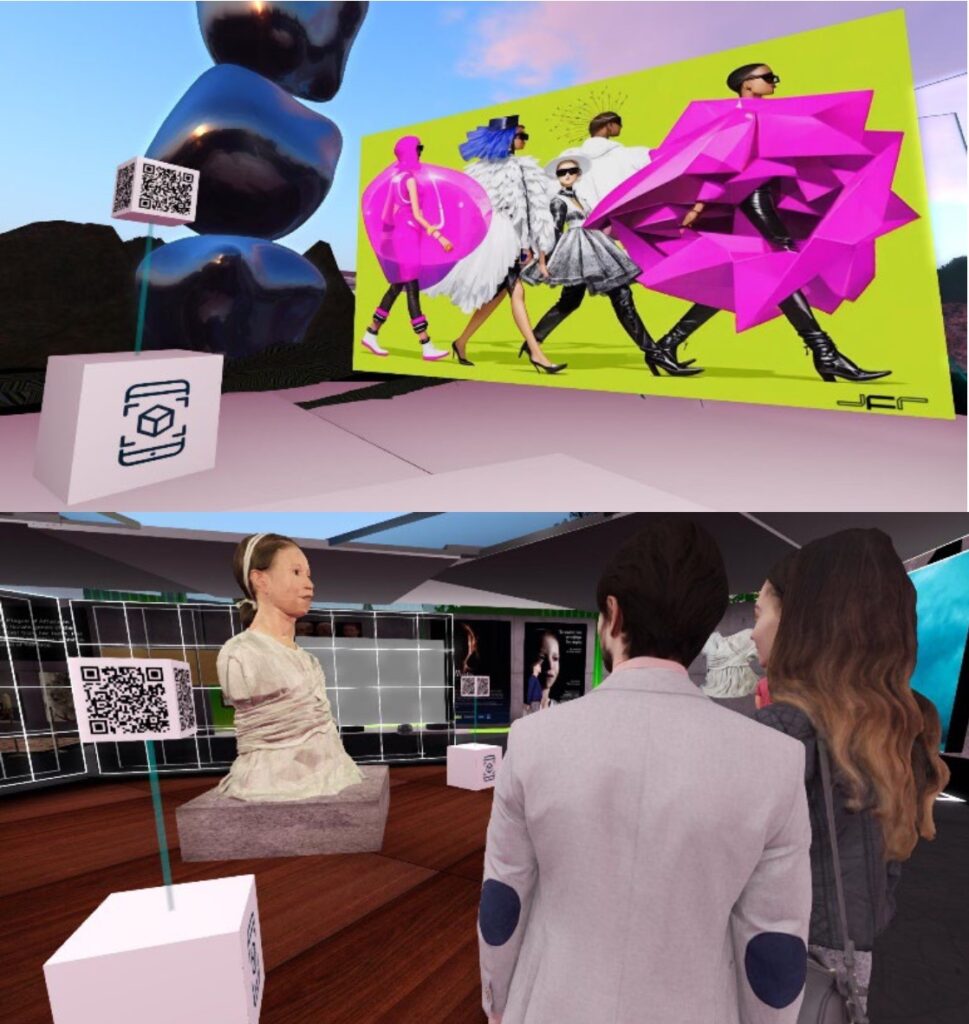
And of course, my Ink drawing powered by AI and AR series, don’t miss my next installation during Zurich Art Fait 2024 in Congress Haus 11-13 October 2024 presenting some.
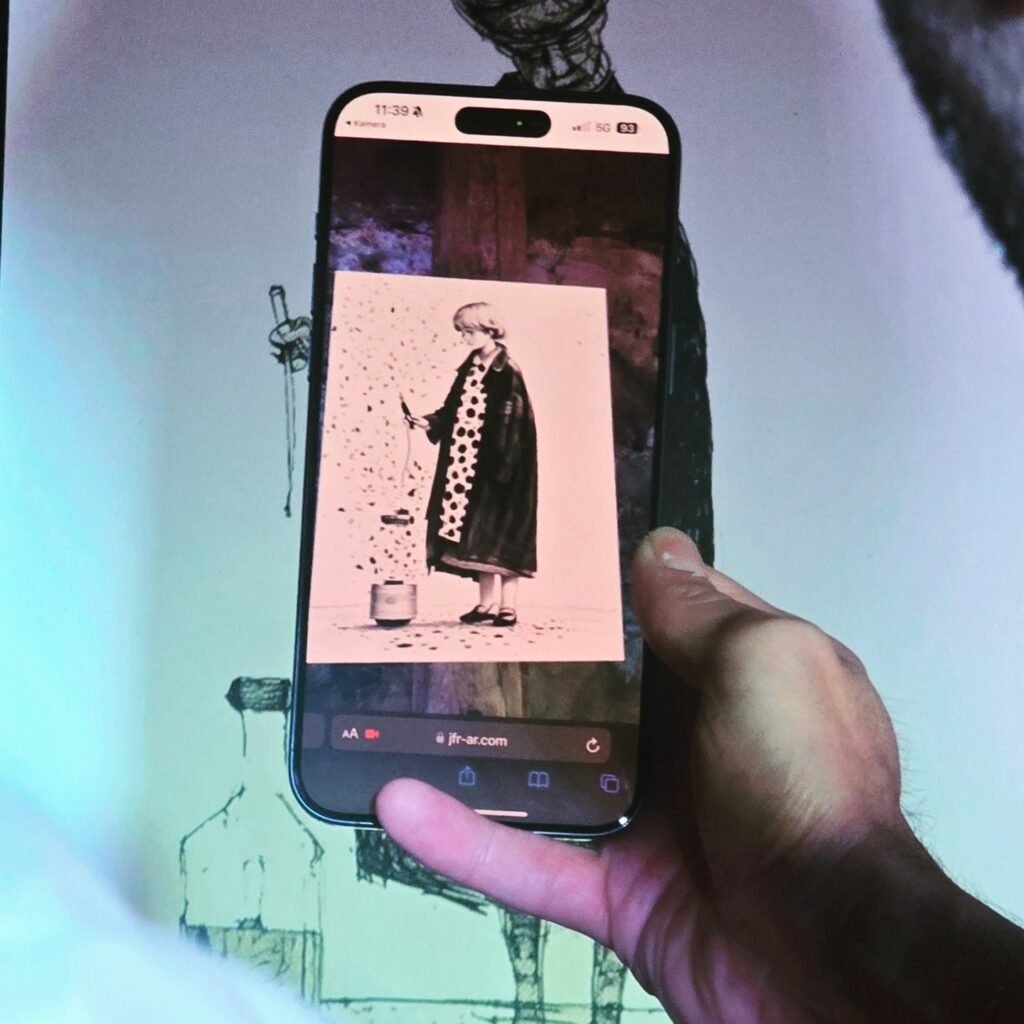
Have the outcomes of using AR in art and your projects met your expectations? If possible, please elaborate on these outcomes.
The outcomes have exceeded my expectations, particularly since I use AR without an application, making it easier for viewers. The efficient anchoring of various sources and the use of a single QR code for all installation content have been game-changers in my approach. Most collectors, once they understand they can have the same AR effect in their space and show it to friends and visitors, are eager to buy or exhibit it. Testing with their own smartphones is essential, and the lack of OS barriers is key. Clear explanation panels are important to guide most people, as QR codes are generally known for adding information about artwork (price, website, etc.).
Have you noticed any changes in how people perceive or interact with art after experiencing your digital works?
My artwork, which includes handmade ink drawings, the use of artificial intelligence, and a mix of nature and reality, adds a new dimension and animation to the pieces, changing how most art lovers and collectors view art. The public is generally not close to digital, virtual, AR, VR, or AI technologies. But such artwork demonstrates a new way of seeing, thinking, receive digital art, the handmade drawing base is not just a machine, or a database manipulate by computer its art made by human brain first, and a new dimension added controlled by the artist. I have many discussions about and have seen many people changing their view about all this new tech after experiment with my immersive artwork.
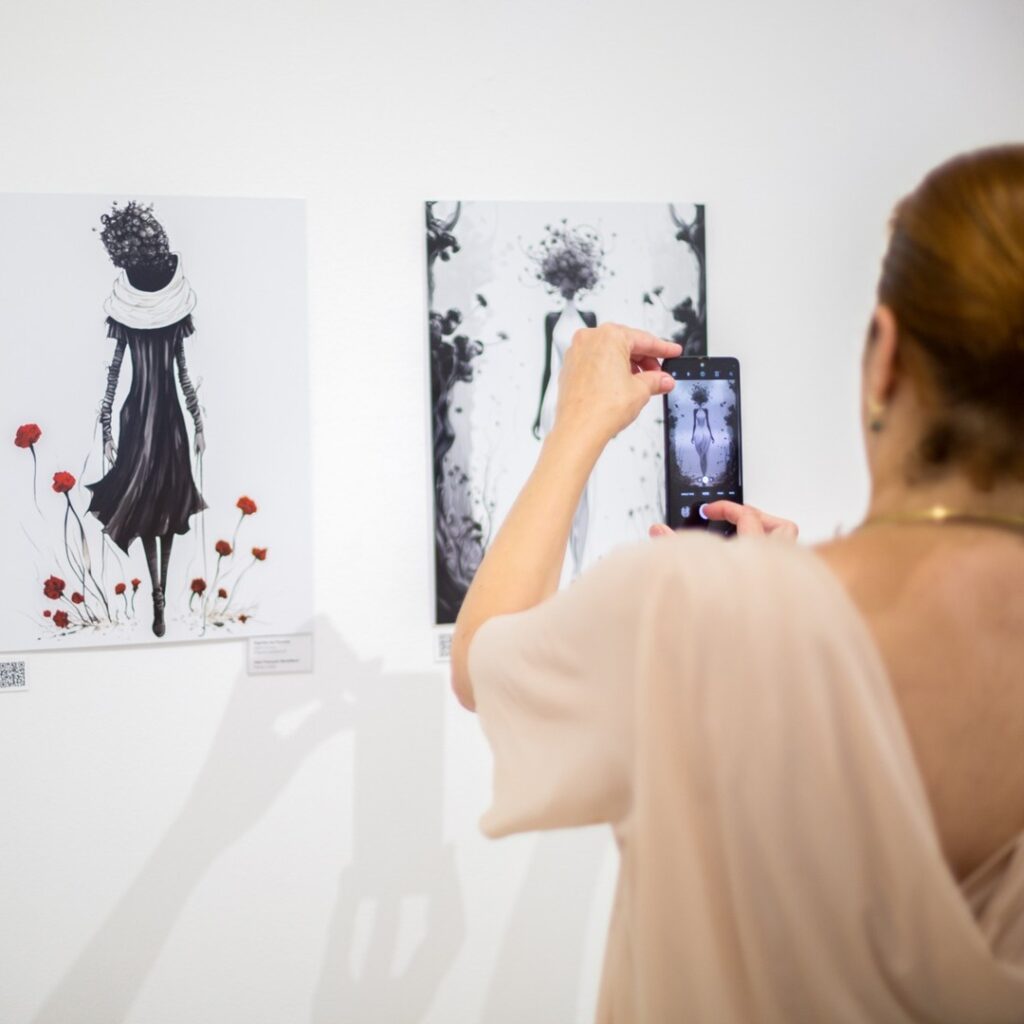
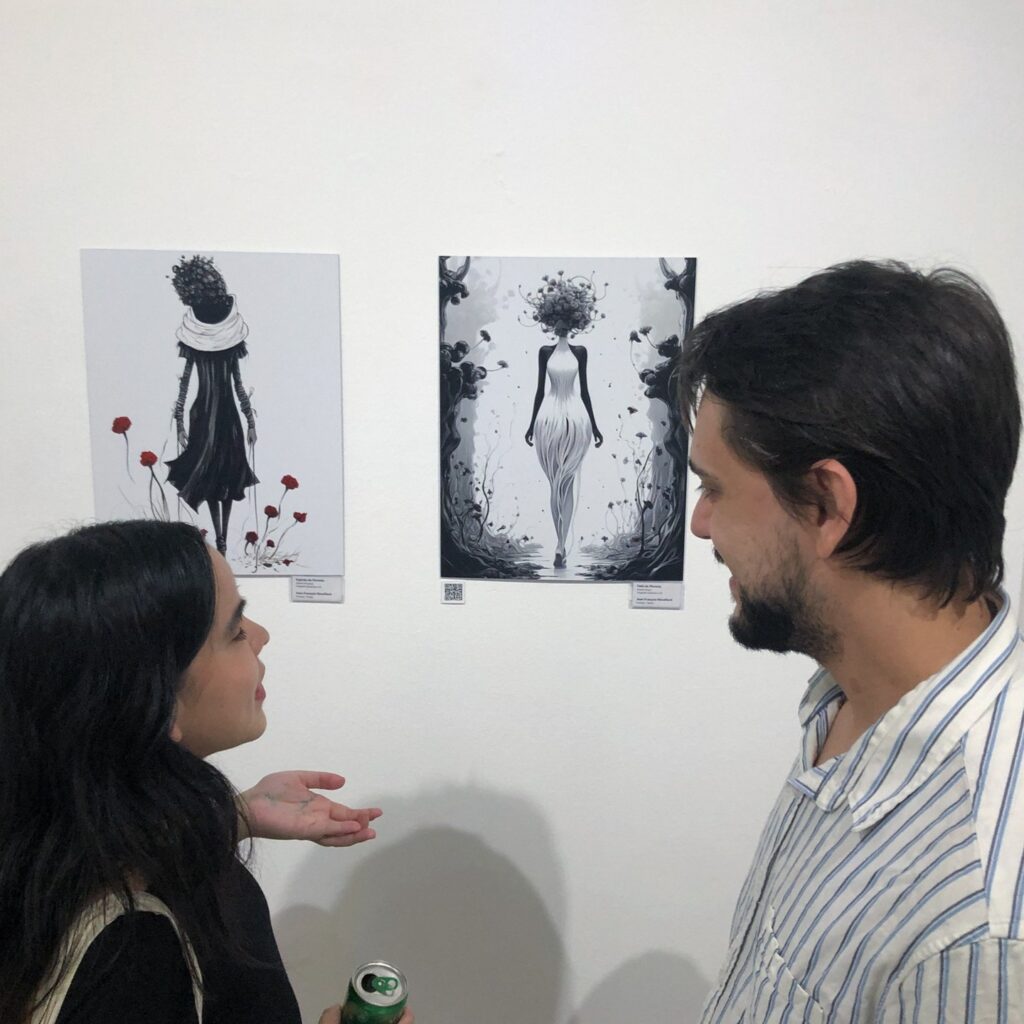
In your opinion, what does the future hold for AR in the art sphere? Do you see its usage becoming more prevalent as part of the future of art on AR and AI?
Art is a dimension added to reality by the artist; it’s a kind of augmented reality through different canvases, and digital is the new canvas. No canvas destroys another; it just extends the field and gives a new angle to reality. Many evolutions are needed, and I am confident we will find solutions for protecting content and other aspects. I am sure we will develop very efficient and lightweight glasses systems. I look forward to using QR codes embedded in reality with devices like Vision Pro, but I have more hope for simple glasses devices. It’s just a matter of time. Many new fields in art will open soon, and as an artist, I work hard to extend and give more space to my creations and share them.
Thank you for joining us in this insightful conversation with Jean-François Réveillard. His pioneering work in integrating AR and AI into art showcases the endless possibilities and future of digital creativity. We are thrilled that he agreed to share more about his projects utilizing augmented reality. They undoubtedly inspire us and the entire MyWebAR creator community. We look forward to seeing his upcoming projects and installations that continue to push the boundaries of art and technology.
